
[Ken Stein. A flyer for the first day of the 504 Sit-in.]
Inspired by the advocacy of the Rolling Quads, disability rights activists began staging sit-ins nationwide.

[Ken Stein. A flyer for the first day of the 504 Sit-in.]
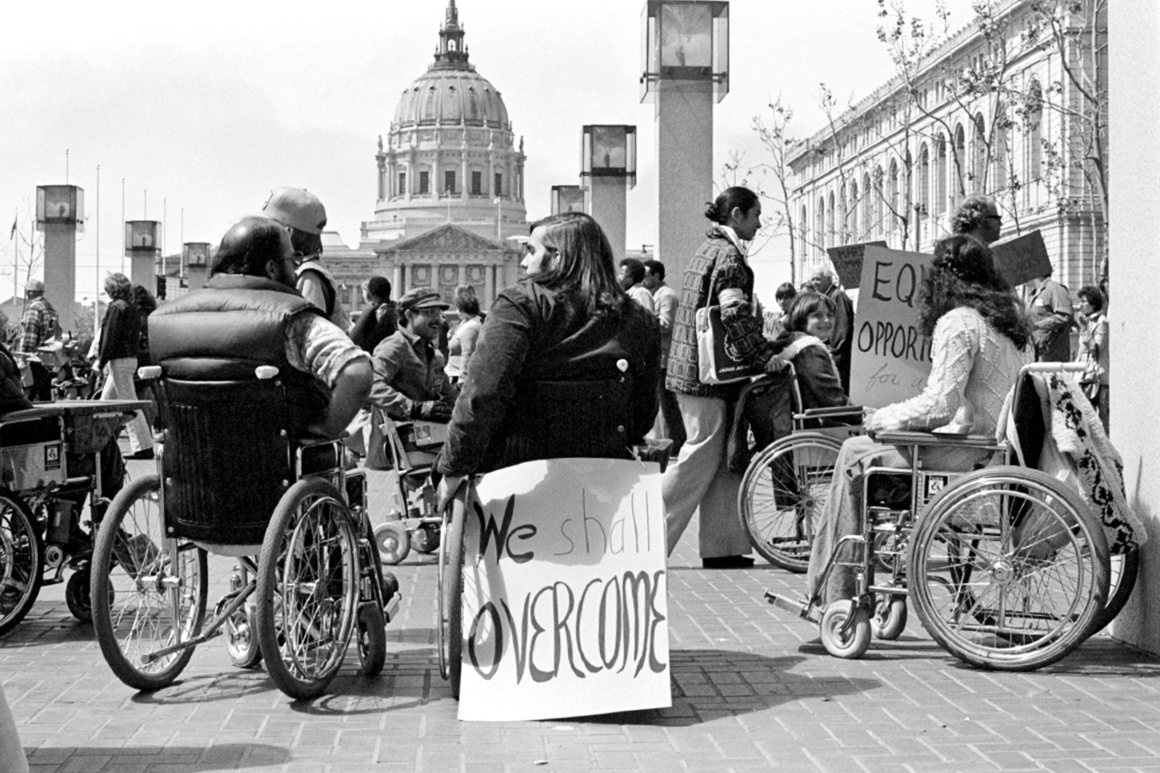
[Anthony Tusler. 1977. 504 sit-in.]
In 1977, their efforts finally came to fruition when the federal government signed and implemented Section 504 of the 1973 Rehabilitation Act: the first federal civil rights protection for individuals with disabilities. However, disability rights activists were not satisfied. Through a combination of direct action and governmental lobbying, they continued to fight for greater disability rights protections.
On July 26, 1990, President George H.W. Bush signed the Americans with Disabilities Act (ADA) into law, prohibiting discrimination against individuals with disabilities in employment, communications, transportation, public services, and nearly every sphere of daily life.
"And now I sign legislation which takes a sledgehammer to another wall, one which has for too many generations separated Americans with disabilities from the freedom they could glimpse, but not grasp...we rejoice as this barrier falls for claiming together we will not accept, we will not excuse, we will not tolerate discrimination in America."
-President George H.W. Bush, remarks at the signing of the ADA
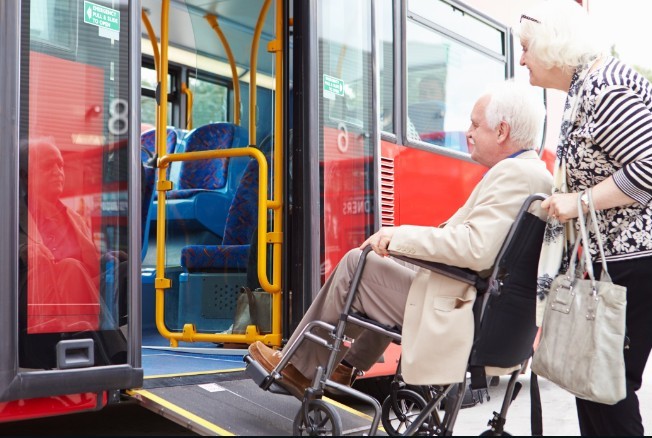
[CNN. The ADA mandated accessible public transit.]
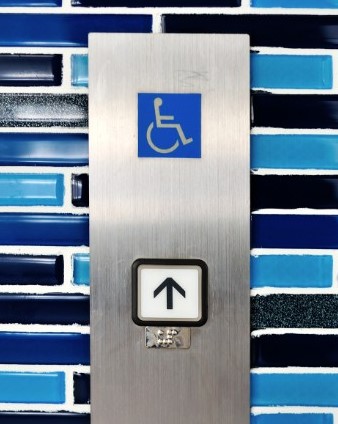
[CNN. ADA compliant elevator with a lowered push button and Braille designations.]
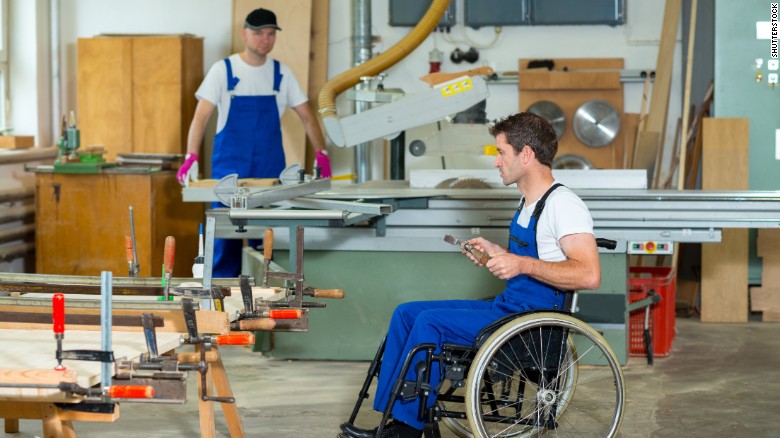
[CNN. The ADA increased employment for individuals with disabilities.]
Yet in recent years, discriminatory bills such as the ADA Education and Reform Act (H.R. 620) have threatened to severely weaken the ADA by preventing individuals with disabilities from immediately filing lawsuits against inaccessible businesses to remove any architectural barriers. This would reverse decades of progress that have secured the fundamental American ideals of "life, liberty, and the pursuit of happiness" for individuals with disabilities.
Together, we must fight tirelessly against the reinstallment of social and architectural barriers that have once relegated individuals with disabilities to second-class citizens. Together, we must carry on the legacy of the Rolling Quads.
"
We have a moral duty to remove the barriers to participation, and to invest sufficient funding and expertise to unlock the vast potential of people with disabilities."
-Stephen Hawking, British theoretical physicist who suffered from severe paralysis due to Lou Gehrig's disease
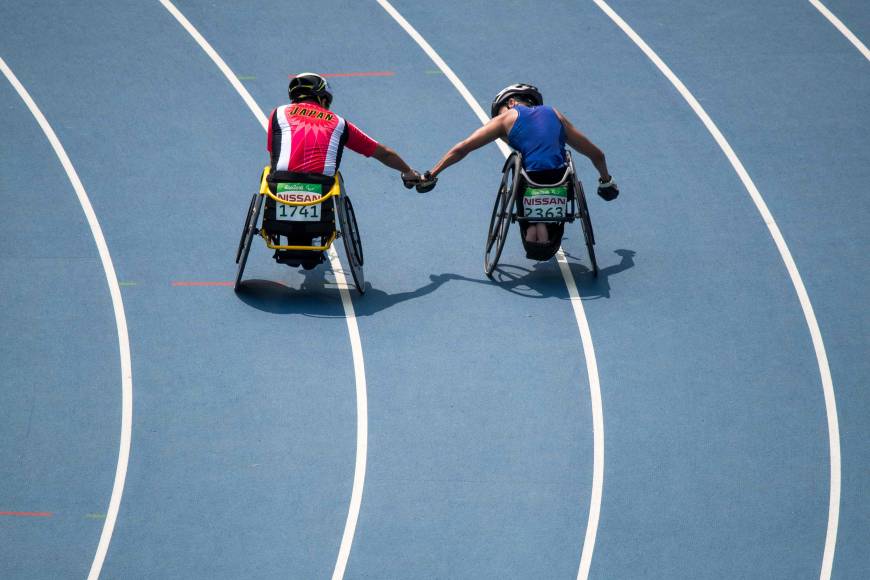
[AFP. Silver medalist Tomoki Sato (left) and gold medalist Raymond Martin celebrate after the men's 1,500-meter T52 final at the 2016 Rio Paralympics.]
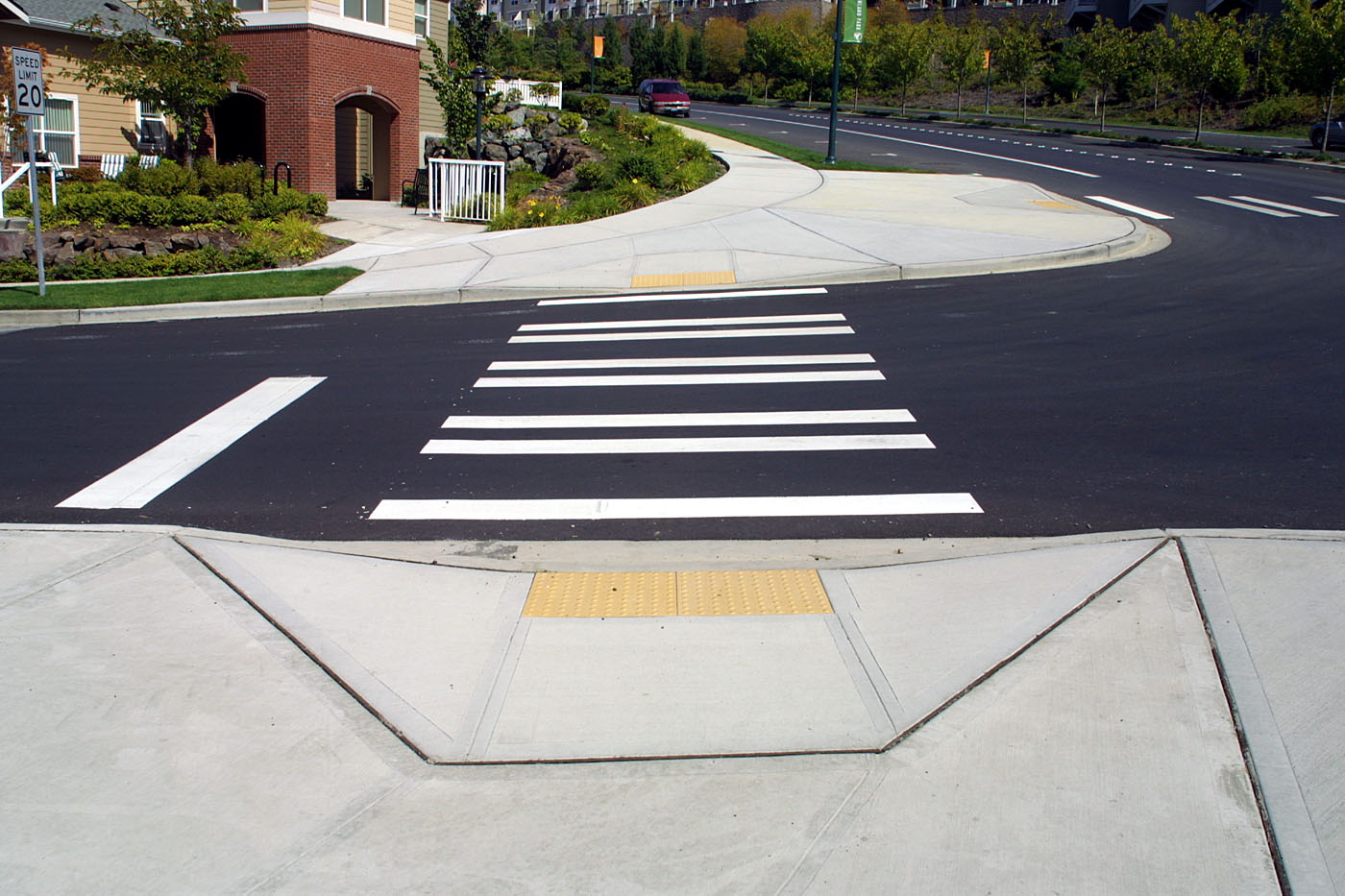
[U.S. Department of Transportation. Curb ramps.]